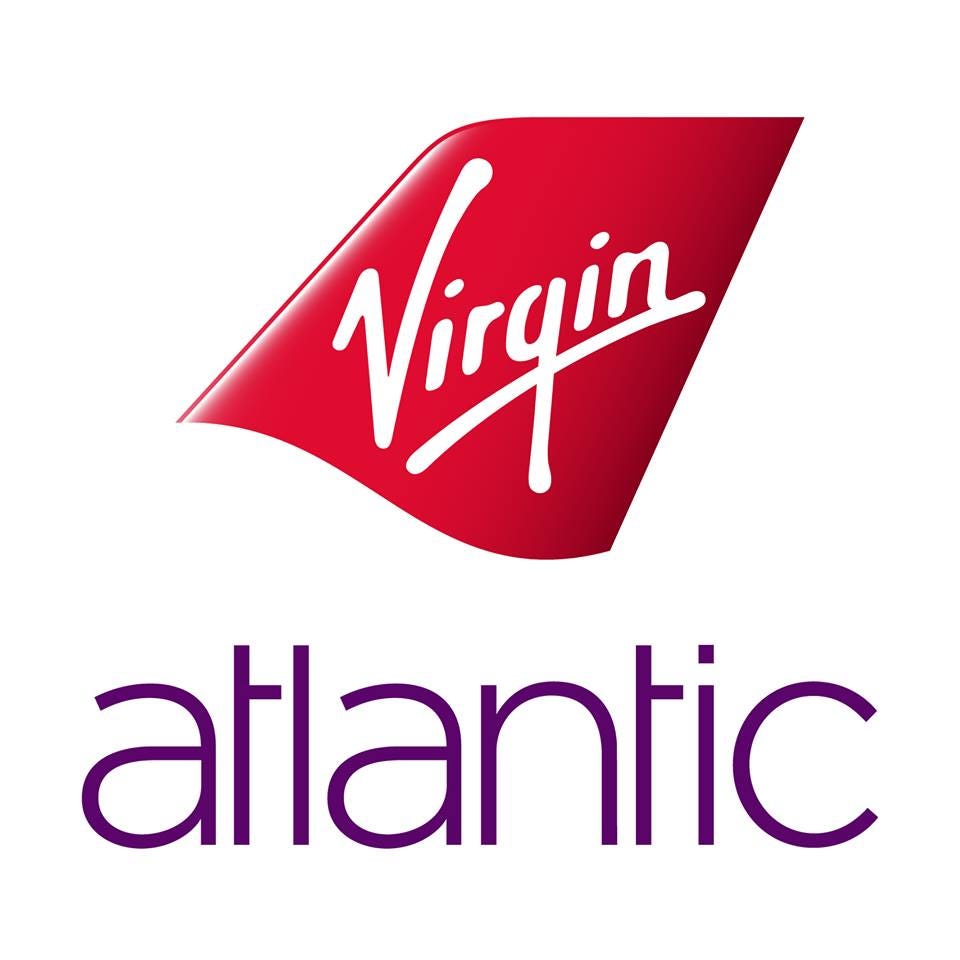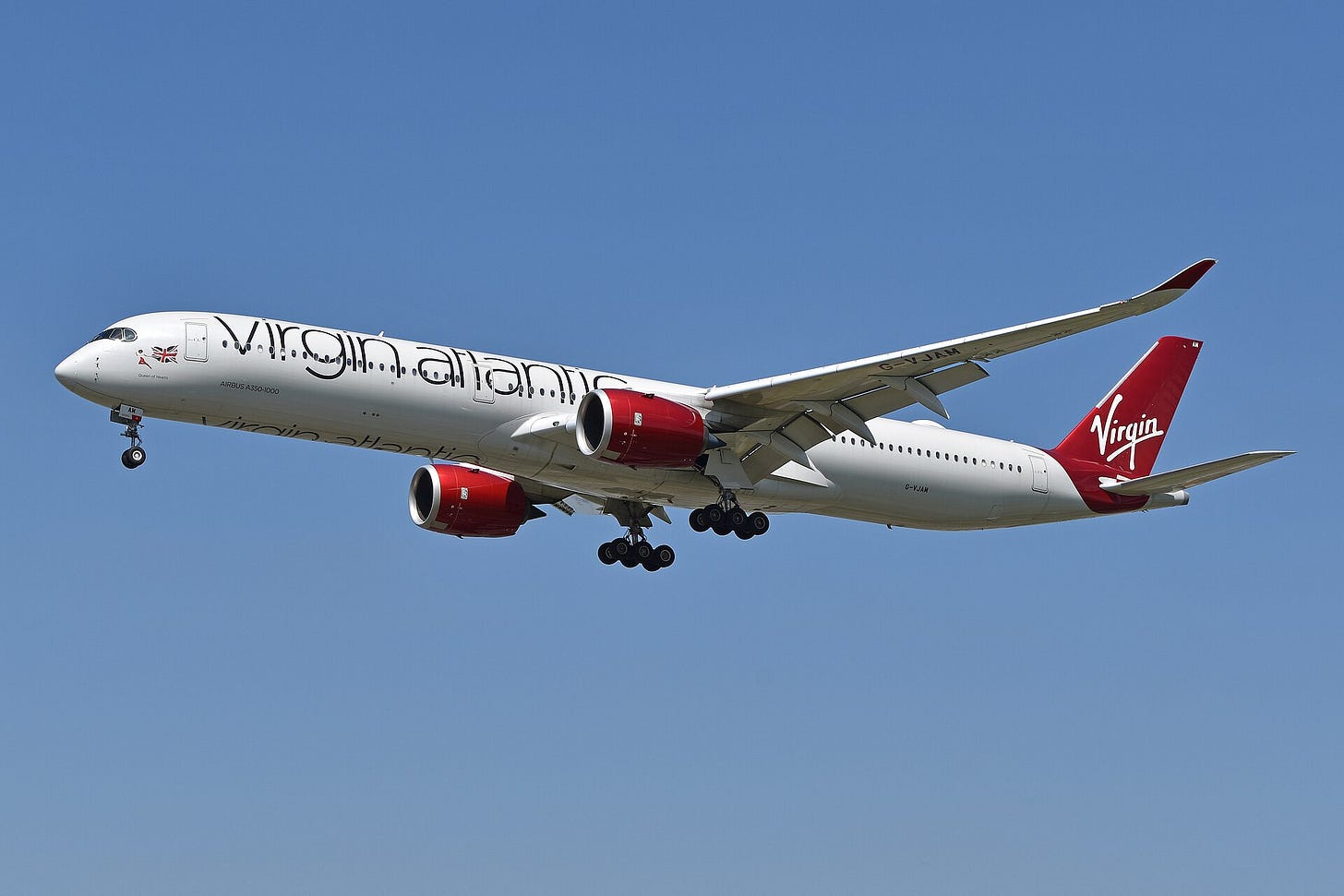In the early 1980s, the airline industry was dominated by large, traditional carriers that operated with rigid pricing structures and often lacked attention to customer experience. Sir Richard Branson, a young entrepreneur known for disrupting industries with his Virgin brand, saw an opportunity to challenge the status quo. At the time, Branson was already making waves with Virgin Records, but he was always looking for the next big venture. His foray into aviation was born out of personal frustration during a canceled flight to the British Virgin Islands. Branson’s quick-thinking solution to charter a private plane and sell tickets to other stranded passengers sparked an idea: why not start an airline that prioritized passengers and provided a better flying experience?
The concept seemed audacious. Branson had no background in aviation, and the barriers to entry were immense. Operating an airline required significant financial investment, regulatory approvals, and a fleet of aircraft—a daunting prospect for a newcomer. Undeterred, Branson set about turning his vision into reality. He assembled a small team of aviation enthusiasts and investors who shared his belief in creating a customer-focused airline.
The breakthrough came when Branson managed to lease a single Boeing 747-200 aircraft. The plane, named "Maiden Voyager," became the centerpiece of Virgin Atlantic's launch. Branson’s team worked tirelessly to prepare for the airline’s debut, focusing on details that would set it apart from competitors. From the very start, Virgin Atlantic aimed to offer something different. The airline’s branding was fresh and vibrant, designed to appeal to travelers seeking something more enjoyable than the conventional flying experience.
On June 22, 1984, Virgin Atlantic’s inaugural flight departed from London Gatwick to Newark, New Jersey. The launch attracted significant media attention, thanks in part to Branson’s flair for publicity. With lower fares than its competitors and a focus on passenger comfort and entertainment, Virgin Atlantic quickly gained a loyal customer base. Despite being a small airline with just one aircraft, it made a big impact in a competitive industry.
The early years were not without challenges. Virgin Atlantic faced stiff competition, most notably from British Airways (BA), the carrier in the UK. BA waged a covert “dirty tricks” campaign against Virgin Atlantic in the late 1980s, which included spreading false rumors and attempting to poach Virgin’s customers. The conflict came to a head in a legal battle, which Virgin Atlantic won. The settlement not only provided financial compensation but also solidified the airline’s reputation as a feisty underdog willing to stand up to the giants of the industry.
Throughout the 1990s, Virgin Atlantic continued to innovate. It expanded its fleet and routes, connecting London to major destinations across the globe, including Asia, Africa, and North America. The introduction of Premium Economy in 1992 was a game-changer, filling a niche between Economy and Business Class. This innovative service offered wider seats, extra legroom, and enhanced amenities, setting a standard that many other airlines later adopted.
Virgin Atlantic also became known for its marketing campaigns, which reflected Branson’s irreverent and adventurous spirit. From publicity stunts like Branson’s record-breaking transatlantic hot air balloon flights to cheeky advertisements poking fun at competitors, Virgin Atlantic captured the public’s imagination and reinforced its brand as fun, innovative, and customer centric.
The early 2000s brought new challenges. The 9/11 attacks had a profound impact on the aviation industry, leading to heightened security measures and a decline in air travel. Virgin Atlantic adapted by investing in safety and reassuring passengers of its commitment to their well-being. It also continued to innovate, becoming the first airline to offer personal entertainment screens in all classes on long-haul flights.
The COVID-19 pandemic in 2020 brought the global aviation industry to a standstill, and Virgin Atlantic was no exception. International travel restrictions and plummeting demand forced the airline to make difficult decisions, including reducing its workforce and restructuring its finances. Despite these hardships, Virgin Atlantic demonstrated remarkable adaptability. It pivoted to focus on cargo operations, transporting essential goods such as medical supplies and vaccines during the crisis.
Today, Virgin Atlantic has emerged from the pandemic as a leaner and more focused airline. Its modern fleet includes fuel-efficient aircraft like the Boeing 787 Dreamliner and Airbus A350, which align with its commitment to sustainability. The airline has set ambitious goals to achieve net-zero carbon emissions by 2050, exploring the use of sustainable aviation fuel and other green technologies.
Today, Virgin Atlantic continues to connect travelers to destinations across the Americas, Asia, Africa, and the Caribbean, offering a premium flying experience with its signature flair. Its distinctive red livery, warm service, and innovative approach to in-flight amenities ensure that it remains a favorite among passengers seeking a blend of style and substance.
The End






